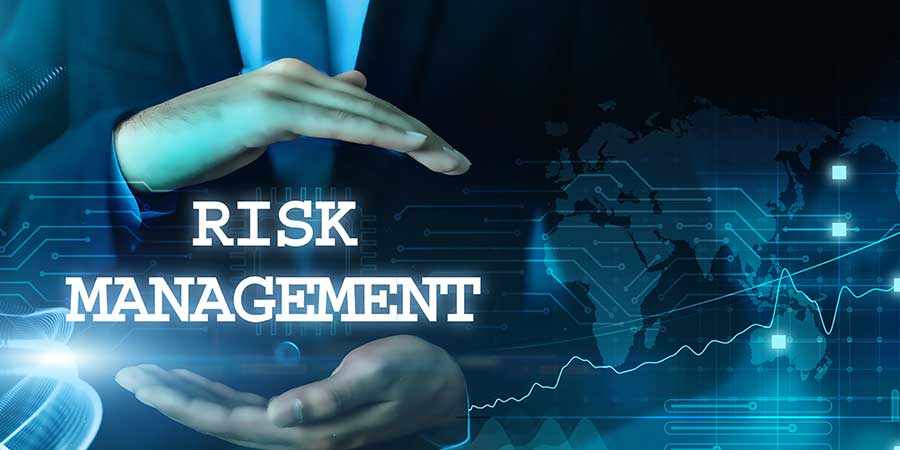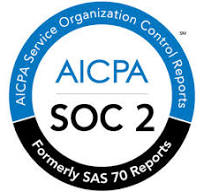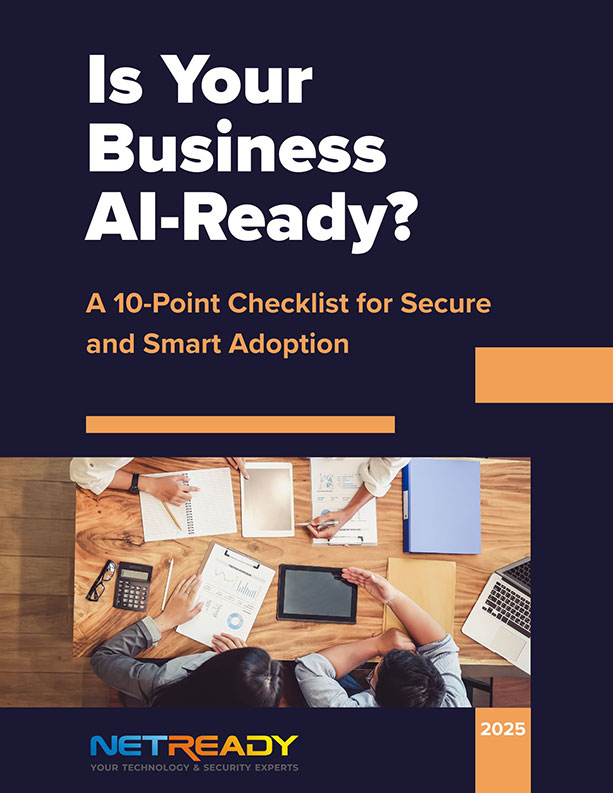
By Zac Abdulkadir, President and CEO of Netready
May 21, 2025
In the 25+ years I’ve spent helping businesses across Pasadena and Riverside secure their digital environments, one theme keeps surfacing: companies treat cybersecurity and compliance as separate efforts, and that’s a costly mistake. In 2025, these two disciplines are not just connected: they're inseparable. One supports the other and failing in either area can leave your business exposed to fines, breaches, or worse. In this article, I’ll break down why compliance and cybersecurity must work in tandem, the risks of neglecting one over the other, and how to create a unified strategy that keeps you protected, audit-ready, and resilient.
The Traditional Disconnect: Security Teams vs. Compliance Officers
Historically, compliance was viewed as a checkbox exercise, typically handled by auditors, lawyers, and regulators. Cybersecurity, on the other hand, was considered the responsibility of IT and technical teams. That division may have worked in simpler times. But today’s landscape is far more complex, shaped by rising ransomware attacks, insider threats, cloud misconfigurations, and evolving privacy laws like CCPA, GDPR, HIPAA, and PCI DSS. In this environment, a siloed approach no longer works. Compliance and cybersecurity must operate as a unified strategy.
A 2024 study by Ponemon Institute found that organizations with tightly integrated security and compliance operations experience 42% fewer data breaches. That’s because modern frameworks aren’t just about documentation; they require real-time controls, visibility, and automation that only a mature cybersecurity program can deliver.
Regulatory Frameworks Are Now Security Frameworks
Modern compliance frameworks are security-centric at their core. Whether you’re following NIST CSF, SOC 2, HIPAA, or CMMC, these standards go beyond policies. They require technical controls that must be monitored, enforced, and reported continuously.
For example, SOC 2 requires:
- Continuous access control and logging
- Change monitoring across infrastructure
- Evidence of incident response and remediation
These aren’t tasks for an auditor alone. They require a cybersecurity engine running underneath.
At Netready, we often help clients who are “compliant on paper” but lack the security controls to back it up. One manufacturing client, for instance, passed an initial audit. However, when we conducted a penetration test, we discovered exposed admin interfaces and shared credentials. The audit report didn’t catch it, but the cybersecurity controls did.
Real-World Risk: When a Compliance Violation Is a Breach
Consider the well-publicized case of a mid-sized healthcare provider in the Southeast. They passed their HIPAA audit but failed to encrypt backup files properly. A ransomware attack later exposed unencrypted PHI (protected health information), triggering federal penalties and lawsuits.
The breach wasn’t a failure of security or compliance. It was a failure to treat them as one system. The business paid over $1.3 million in fines, and the incident damaged trust with patients and partners.
Key insight: A security gap is a compliance violation. A compliance failure can open the door to security incidents. Neither operates in isolation.
Netready Case Study: Turning a Compliance Audit into a Security Win
 One of our clients, a legal firm in Los Angeles, approached us to help prepare for their first SOC 2 audit. Instead of treating it as a standalone project, we used the opportunity to modernize their entire security stack. This included implementing endpoint detection and response (EDR), MFA, privileged access management, and automated compliance reporting.
One of our clients, a legal firm in Los Angeles, approached us to help prepare for their first SOC 2 audit. Instead of treating it as a standalone project, we used the opportunity to modernize their entire security stack. This included implementing endpoint detection and response (EDR), MFA, privileged access management, and automated compliance reporting.
As a result, not only did they pass the audit, but they also caught a credential reuse issue during the process; one that could have led to unauthorized access from a former contractor. Because security was built into the compliance effort, the risk was addressed before it became a breach.
Lesson: Don’t separate your goals. Use compliance milestones to improve cyber hygiene and visibility across your business.
Automation and Continuous Monitoring: Where the Two Worlds Meet
What bridges cybersecurity and compliance? Automation and real-time monitoring. Manual audits, spreadsheets, and point-in-time reviews no longer suffice. Regulators want to see ongoing enforcement, while attackers exploit gaps the moment they appear.
That’s why, at Netready, we deploy compliance automation platforms that map security controls to compliance frameworks. For example, if a user gains elevated access, the system not only logs the event, but also flags it against SOC 2 and HIPAA rules, alerts our team, and provides audit-ready documentation.
Frameworks like NIST 800-53 and CIS Controls are no longer optional. They are operational blueprints that protect the auditor and the business's core systems.
The Cost of Neglect: Fines, Lawsuits, and Lost Trust
In 2025, non-compliance is more than a legal issue. It’s a business risk. Fines under CCPA can exceed $7,500 per violation, GDPR penalties can reach 22 million or 4% of global revenue, and now new AI transparency laws are adding layers of reporting requirements.
But the real damage often lies in reputational loss. A breached company can lose customers faster than they lose data, especially if the public learns the breach stemmed from a preventable compliance failure.
Reality check: You don’t get to pick which matters more. If you’re not compliant, you’re not secure. If you’re not secure, compliance won’t save you.
Building a Unified Strategy: Where to Start
Merging cybersecurity and compliance doesn’t mean doubling your workload. It means centralizing your efforts and investing in the right tools, partners, and policies. Here’s what we recommend:
- Map compliance frameworks to your security controls.
Don’t reinvent the wheel. Use tools that align controls with regulations. - Automate monitoring and reporting.
Replace manual processes with real-time enforcement and alerting. - Break down silos between IT, compliance, and leadership.
Everyone must own a piece of the risk. - Audit proactively, not reactively.
Conduct mock audits and penetration tests to find issues before regulators or attackers do. - Train your team.
Security awareness and policy education are compliance requirements and your first line of defense.
Final Thoughts: From Obligation to Opportunity
Too many businesses treat compliance as a burden and cybersecurity as insurance. In reality, both are competitive advantages when done right. They protect your reputation, enable partnerships, and demonstrate to clients and regulators that you take data protection seriously.
At Netready, we don’t just help you pass audits. We help you build resilient, compliant, and secure environments that scale with your growth and stand up to the threats of 2025.
Lets Discuss Your IT Strategy
 Call Us Today 213-463-2100
Call Us Today 213-463-2100
Book a Free Consultation.

Zac Abdulkadir
President and CEO of Netready
Zac Abdulkadir is a cybersecurity and compliance leader with over two decades of experience helping businesses navigate regulatory change and evolving threats. Featured in Cyber Crime Investigations and author of the bestselling Exposed to Secure, he leads Netready in transforming IT operations into secure, compliant, and business-aligned systems.

 310-553-3055
310-553-3055 213-463-2100
213-463-2100
